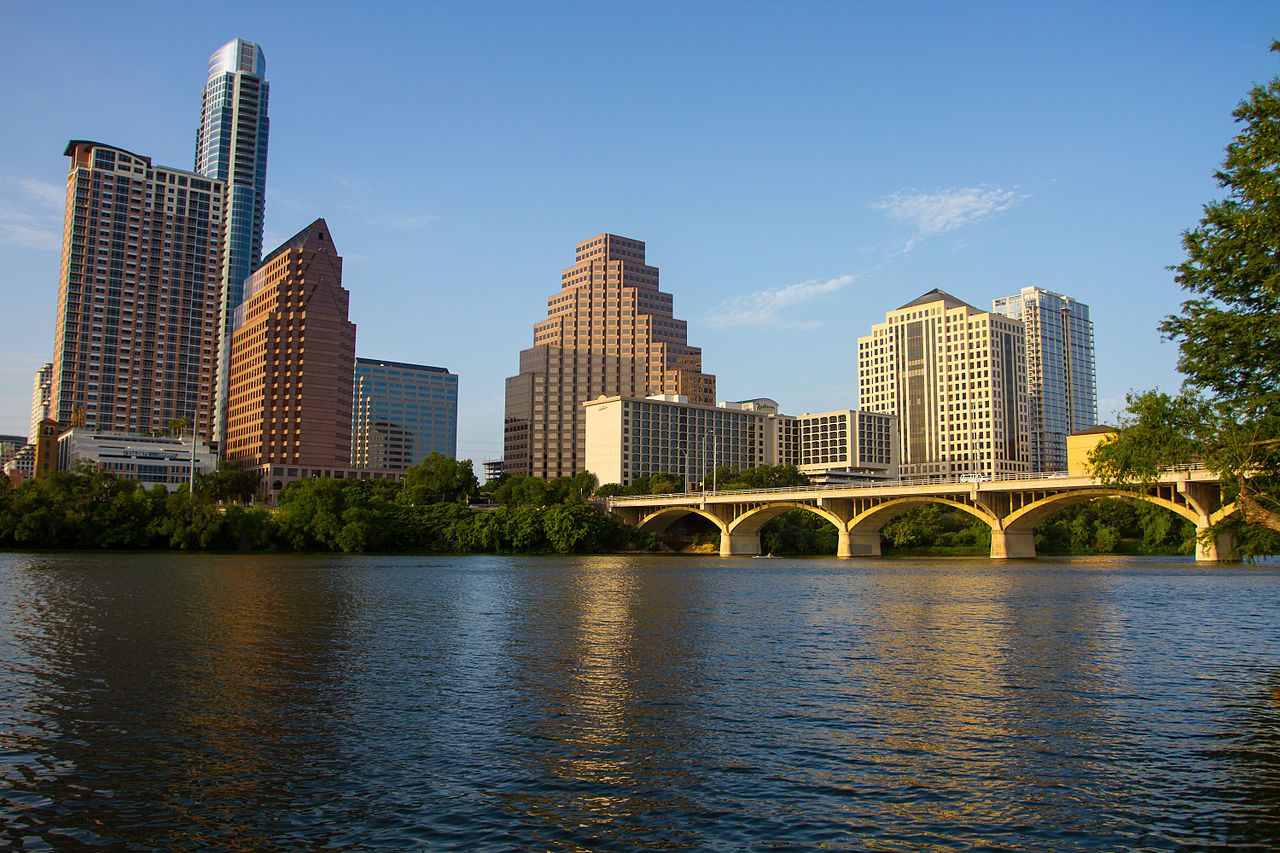Texas has been struggling lately, as low oil prices has made for tough times for those in the energy industry.
Austin has stood out as a glaring exception, however, as it has posted healthy economic numbers with half of 2017 in the books.
The capital city of Texas has its diversified economy to thank for that performance – with government and education jobs providing stability and its tech sector surging, the troubles of the oil industry have not been felt here.
Austin’s numbers have saved the portfolio of Al Hartman, as the losses in commercial real estate in Houston and Dallas have been eased by what has been going on in the capital.
Wondering what is going on in Austin? Below, we’ll show you how the rise of tech is pointing towards a brighter future not just for Austin, but Texas as a whole.
The growth of tech in Austin has reduced the vacancy rate compared to 2016
Unlike Dallas and Houston, the commercial real estate market of Austin has been experiencing good times over the past year.
Conditions have been apocalyptically bad in cities like Houston, which has an office vacancy rate above 20% right now. By the end of 2017, it could hit 21.5%.
Meanwhile, in an alternate universe, Austin’s posted a commercial vacancy rate of 11.7%, down versus one year ago, and given current activity in the sector, it is expected to decline further in the coming quarters.
Why is Austin outperforming its bigger cousins? Thanks to schools like U of T and Concordia graduating scores of educated students, tech firms are finding all the recruits they need to grow their businesses in this city.
Established firms like Google and Apple have joined forces with startups to buy office space in droves at a time when oil companies are emptying them, creating a boom in the demand for quality spaces in Austin.
The above trend has stimulated the local commercial real estate market
When an economy is booming, it creates an ongoing positive effect that stokes the fires of growth. Austin’s unemployment rate is presently 3.2%, meaning that job seekers now have the leverage to demand better pay for any jobs for which they qualify.
Accordingly, this has boosted the amount of disposable income in the community, fueling an expansion in retail sales.
This has increased demand for commercial space for retail brands, causing more commercial buildings and strip malls to be built.
Additionally, the availability of disposable income has allowed entrepreneurially minded people to save up a war chest to develop their own business.
In time, this will lead to an increased demand for office space for firms that grow big enough to require it.
The economic fundamentals of Austin are solid
While the composition of Austin’s economy has shielded it from damage from the ongoing crude oil recession, there are deeper forces at work that will support further growth as we move forward into the future.
Firstly, the cost of living in Austin is cheaper than many urban areas on the coasts of America. When you compare this city with Silicon Valley in particular, the choice becomes obvious to both tech firms and tech talent: from the cost of a condo to that of a bag of groceries, the essentials cost considerably less here.
Secondly, local taxes are some of the lowest in the nation, allowing firms to invest in research, expansion, and other business activities, and citizens are able to keep more disposable income in their pockets.
Finally, when you consider the supportive community in place for entrepreneurs, it is easy to see how Austin will continue to grow in the coming years and decades.










